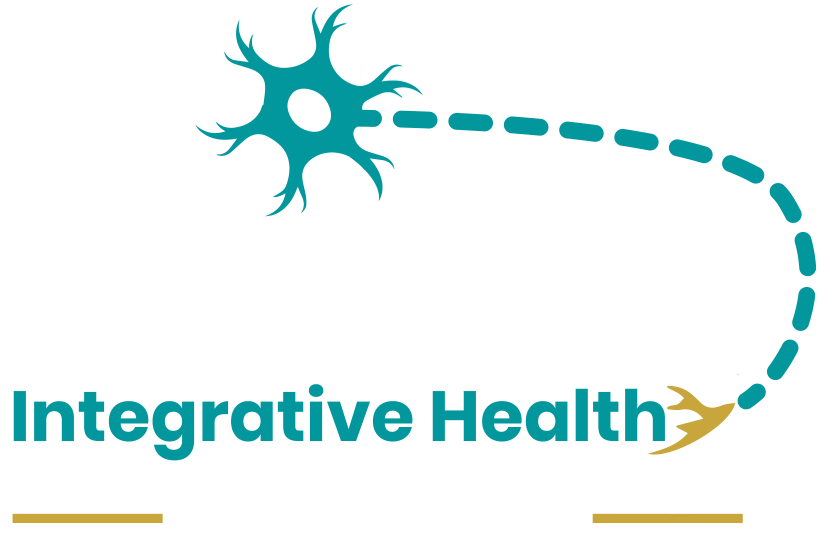How does Neurofeedback work? How does Neurofeedback help me? Ways to decrease anxiety, stress, or improve sleep, focus, and brain performance.
By: John Pelowich – Director of Neurofeedback and Brain Coaching at Axon Integrative Health, Denver Cherry Creek
When we start our car and the engine comes to life, many components are working together to produce combustion. Sparkplugs, pistons, fuel injectors, timing belts all contribute to an engine running. As the pieces work together and the engine churns away, there are vibrations that are a secondary occurrence. When we put our hand on the hood of the car, we can feel the vibrations and know that the engine is alive.
If the vibrations are rough and clanky and accompanied by loud knocks or grinding, we probably assume the engine is running poorly. If the vibrations are smooth and in sync and the engine is purring, then of course we conclude the engine is running well. The nature of those vibrations give us insight into how well the engine is performing. The vibrations themself are not required for the engine to run, they are not an input to the system. Rather, they are considered epiphenomena (think byproduct) of the engine performing as an engine does.
Imagine, if we could take the characteristics, the nature of those vibrations, and relay that information back to the engine, such that the engine could use that information and correct itself in any multitude of beneficial ways in order to achieve greater efficiency and optimization. By appropriately adjusting the timing of important sequences and how the engine utilizes energy and produces power, the engine would achieve greater fuel mileage, grander longevity and maximal performance.
This is what neurofeedback is for the brain.

As we are alive, and the brain is up to all the different functions and capacities that it is, the byproduct of this activity is detectable as brainwaves. Just as the vibrations don’t contribute to the engine being able to perform, our brainwaves are not what causes our brain to function. However, just like the vibrations can inform of us the health of the engine, our brainwaves give us insight into how our brain tends to operate.
Too much fast activity often indicates an anxious, overwhelmed and under-rested state, whereas not enough fast activity usually means it is difficult to perform and execute tasks as desired. Too much slow activity tends to be experienced as brain fog, distractibility and is fertile ground for depression, while not enough slow activity indicates the ability to recover and restore is seemingly out of reach. It is quite common for these situations to overlap as well, where we are experiencing too much fast and too much slow for example.
The good news is, just like an engine can be cared for and tuned up, our brains can be trained to restore and pursue optimal functioning.
Neurofeedback accomplishes this by way of a learning process known as operant conditioning. The basis of operant conditioning is identifying and rewarding ideal outcomes and results. When we give a pet a treat for doing a trick well, or praise to someone on a job well done, this is operant conditioning. By recognizing, acknowledging, praising and rewarding the ideal behavior, the pet or person is conditioned to do more of that good thing, naturally.
Using sensors to detect brainwaves in realtime and technology to deliver sensory experiences that the brain prefers, we can effectively tell the brain ‘good job’ to desriable states and ‘no thanks’ to hindering states. The two main sensory channels utilized are vision and hearing. Both neuroimaging and common sense help us to know that, visually, a brain enjoys experiencing things that are bright, brilliant, clear, colorful, life-size, in motion and crisp, as opposed to dark, fuzzy, still, small and lacking color. Similarly, we know the brain enjoys an auditory experience with qualities such as ideal volume, pleasant tones, synchrony of sound and rhythm.
Since the brain is plastic, it can change itself, and that it is designed to pursue optimal when conditions are ideal to do so, then reminding it what optimal is and guiding it to experience that more, results in a natural, sustainable, progression in that direction. This is the essence of what neurofeedback does. The result is a brain that becomes less familiar with anxiety, depression, attentional issues, memory issues, worry, panic, overwhelm, mood volatility, sleep issues, sensory overstimulation, rumination and traumatic experience, to name a few. While also becoming more familiar with focus, critical thinking, decision making, reaction time, social appropriateness, calm, relax and joy.
The sun is always shining, we are just working to get the clouds out of the way.







